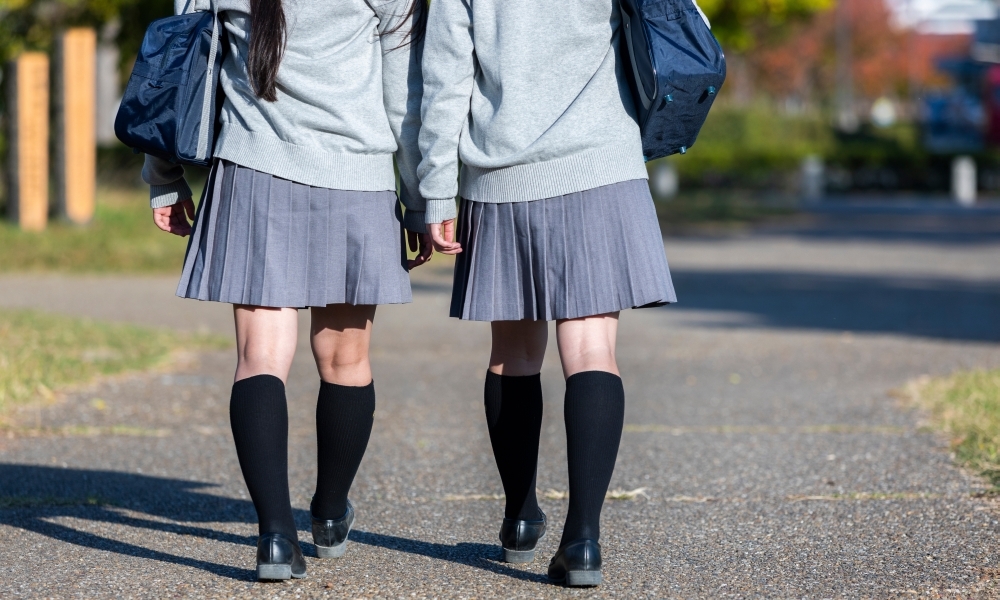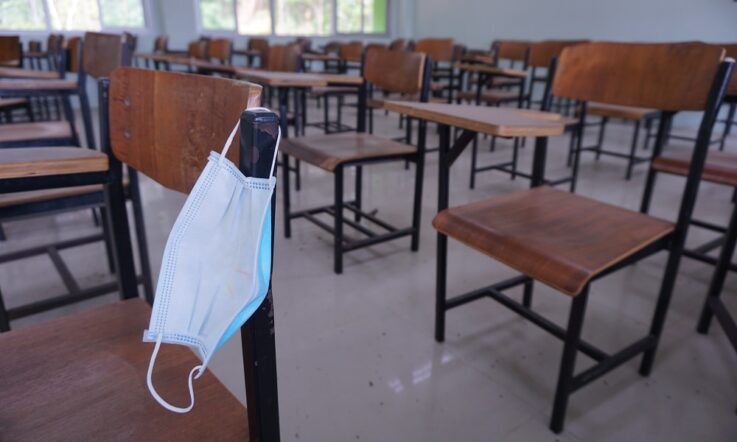The start of a new school year is a hopeful time for many children and young people, but it can also mean a challenging transition for those who struggle with stressors about returning to the classroom – particularly as students and educators alike recover from lingering COVID-19 impacts on student attendance, engagement and learning.
This year, there has been an ongoing conversation around students refusing or unable to attend school due to emotional distress or high-level fatigue. Often, what appears as surface concerns around refusal are masking complex unmet needs that students are trying to fulfill. These needs are for safety, empowerment, emotional regulation, belonging in the school community, and pathways towards support.
According to the Victorian Government’s submission to a Senate inquiry on the national trend, the rate of school refusal across the state grew by 50% between 2018 and 2021 — impacting almost 12,000 students (Victorian Government, 2023).
At the Berry Street School and within our own approach to student learning – the Berry Street Education Model (BSEM) – school refusal is a priority concern. In our own specialist independent school, we support students (many of whom have previously been disengaged from mainstream education) through flexible approaches to learning.
Accompanying the concern of school refusal is stress and anxiety, often compounded by behaviours which emerged during periods of remote learning throughout lockdowns. We know that one way students tried to meet some of their needs was the use of their digital devices and increased screen time as coping mechanisms.
It can seem simple to draw links between increased time in the digital realm and the current reported surge in push-back against returning to the classroom, but re-engaging students in school is more than a matter of switching off the screens. We must also address the in-school factors to empower students to meet their own needs for learning in healthy ways and to develop strategies for durable, relational connections with our young people.
One of the reasons for the creation of the Berry Street School was to enact effective strategies to support a breadth of needs of students excluded from mainstream education pathways. Whilst it was designed to function differently to mainstream education settings, the lessons we’ve learned can apply to every school.
We work closely with parents and carers when addressing a student’s reluctance or stressors to attend school, as laying blame on either school or home only further exacerbates the ever-changing challenge. We aim for a generous approach when creating wraparound supports for each student, which is key to re-engagement and learning success.
Building a safe learning environment
Students who are already contending with the impacts of stress overload can indeed be retraumatised when returning to schools if they experience social or learning ruptures, and do not experience repair and restoration facilitated by caring, trustworthy adults as their advocates.
For example, those who have experienced bullying may have increased anxiety about heading back to the classroom — especially after a long summer holiday. If they do not feel their campus is a safe place to seek support, they may feel isolated from the community, and thus refuse to leave the safety of their own home.
The Black Dog Institute reports that global and Australian data suggest that most students who do not attend school are unable to do so because of elevated anxiety and depression (Black Dog Institute, 2022).
Re-engaging students requires a robust and holistic approach to learning — central to which is creating a school environment that they know is safe. At Berry Street School, this includes integrating strategies towards wellbeing and learning in the classroom through the BSEM, which focuses on bolstering trauma-informed and strengths-based learning each day.
Preparing our educators
All students require strategies to support their growth and academic success.
With a growing number of students refusing to attend school, educators also need extra strategies and resources in their toolkit to face and overcome the diverse array of challenges that arise with these concerns. A rigorous and intense professional learning and development program is a vital underpinning for student re-engagement.
As we begin the 2023 school year, it is an important time to be reminded that a school is a community — all of whom must be committed to education and creating environments in which students feel empowered to thrive, learn and belong.
References
Black Dog Institute. (2022). School Refusal and Mental Health: Submission to the Inquiry on “The national trend of school refusal and related matters”. Submission 5. Parliament of Australia, Submissions. https://www.aph.gov.au/sitecore/content/Home/Parliamentary_Business/Committees/Senate/Education_and_Employment/SchoolRefusal/Submissions
Victorian Government. (2023). Senate Education and Employment Committee, School Refusal Inquiry. Submission 25. Parliament of Australia, Submissions. https://www.aph.gov.au/sitecore/content/Home/Parliamentary_Business/Committees/Senate/Education_and_Employment/SchoolRefusal/Submissions
How do you work to provide a welcome and safe learning environment for students?
As a teacher, or a school leader, how do monitor your attendance data?
In this article, Dr Tom Brunzell talks about some instances of non-attendance masking more complex, unmet student needs – could this be the case with your own students?



